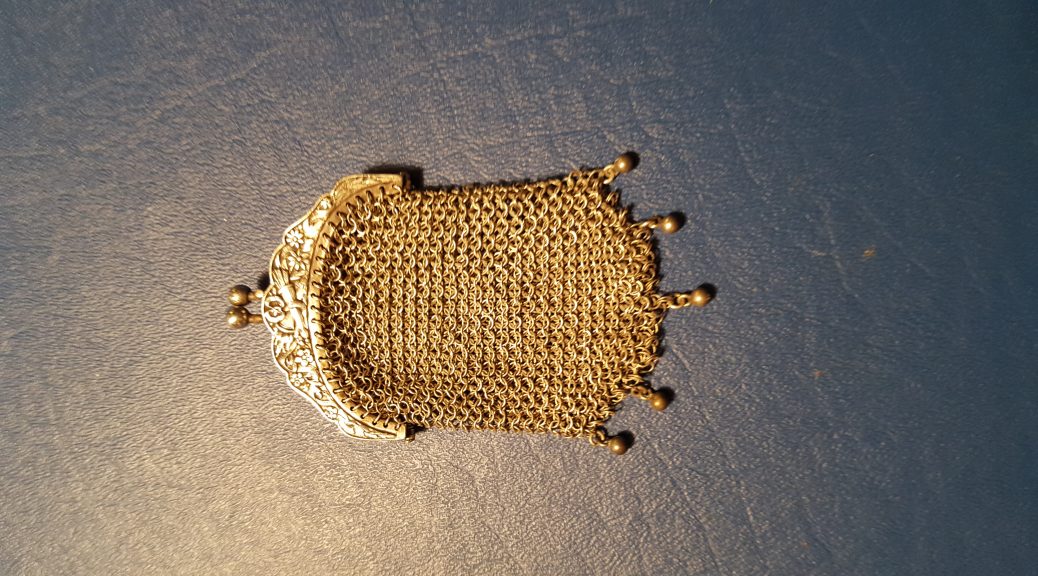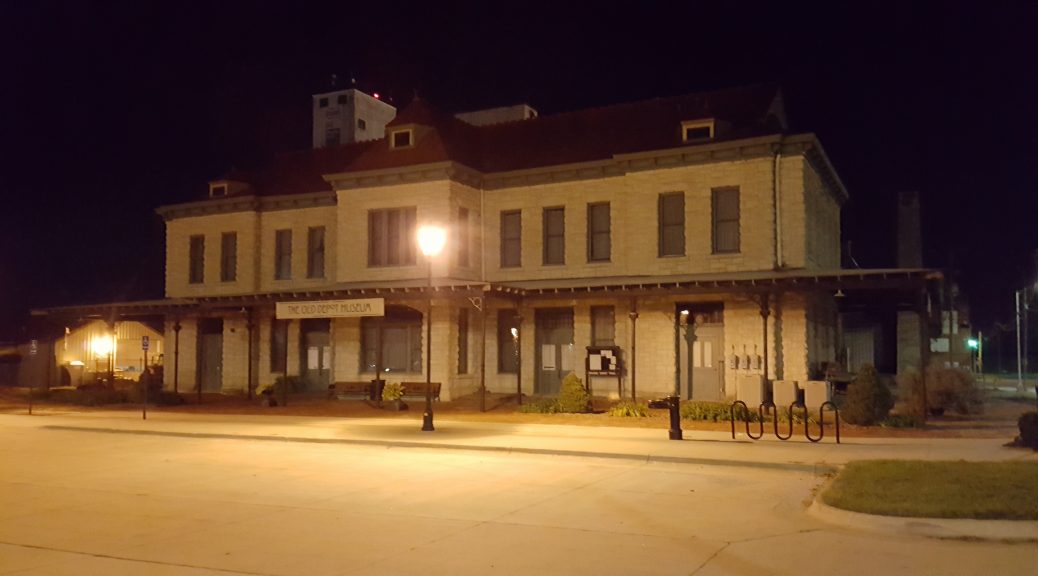The First Time
Dad did two hitches in the Army. One from 1934-37. Another one from 1943-45. This picture is from the first taken in Fort Leavenworth, I think. The first time was voluntary. The second mandatory. Do you have many relatives who saw service in WW II? To see my books visit http://www.amazon.com/-/e/B007F5H0H4

